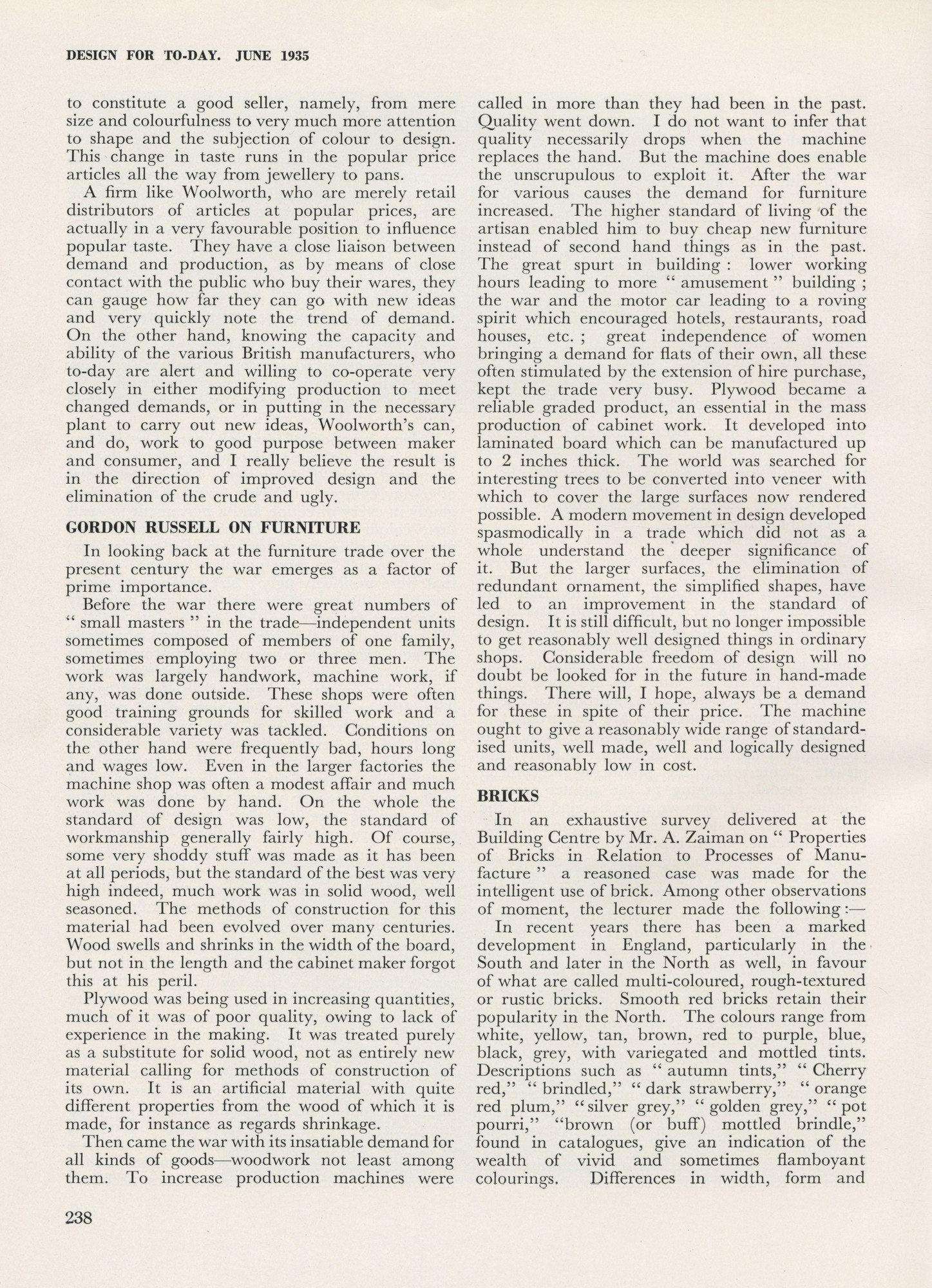6 of
You are browsing the full text of the article: Commentary
Click here to go back to the list of articles for
Issue:
Volume: 3 of Design For Today
| Design For Today 3 1935 Page: 237 | ||||||||||||||||||||||||||
| Commentary | ||||||||||||||||||||||||||
|

|
|
||||||||||||||||||||||||
| Design For Today 3 1935 Page: 238 | |||||||||||||||||||||||||||||
| Commentary | |||||||||||||||||||||||||||||
|

|
|
|||||||||||||||||||||||||||
| Design For Today 3 1935 Page: 239 | ||||||||||||||||||||||||||
| Commentary | ||||||||||||||||||||||||||
|

|
|
||||||||||||||||||||||||
| Design For Today 3 1935 Page: 240 | ||||||||||||||||||||||||||
| Commentary | ||||||||||||||||||||||||||
|

|
|
||||||||||||||||||||||||



